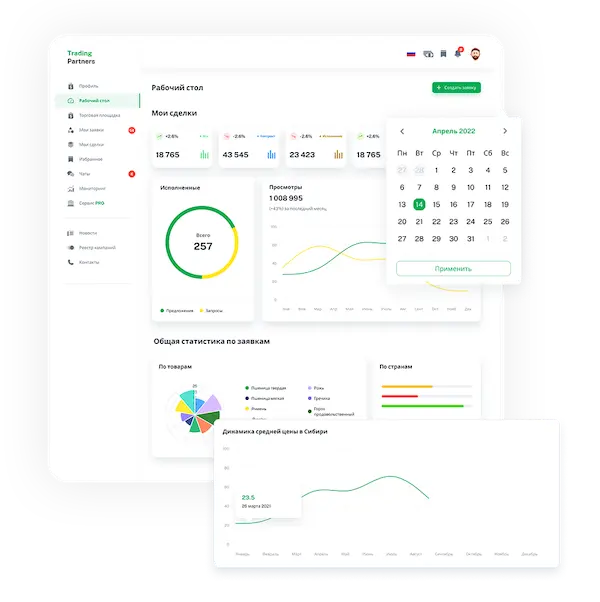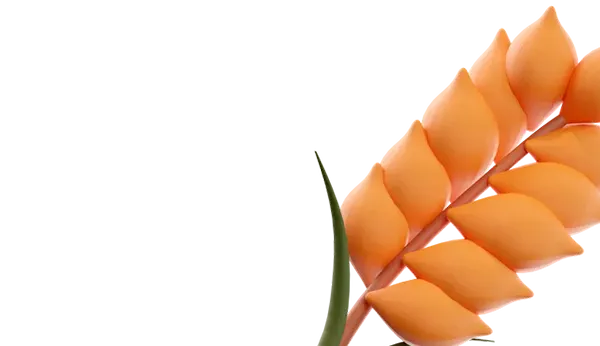India and Russia aim to increase bilateral trade to 100 billion dollars by 2030. They also intend to balance the trade deficit, eliminate non-tariff barriers, and explore the possibility of establishing a free trade zone between the Eurasian Economic Union and India.
According to a joint statement released after talks between Indian Prime Minister Narendra Modi and Russian President Vladimir Putin, the countries also plan to use national currencies in settlements and implement digital financial instruments. In addition, Modi was awarded the Order of St. Andrew the Apostle for his contribution to the development and strengthening of bilateral relations.
The main topics of discussion were economic cooperation, particularly in the energy sector, trade in agricultural products and fertilizers, as well as investments under special investment regimes.
The goal is to achieve bilateral trade volume of 100 billion dollars by 2030. The parties also confirmed the need to expand the trade basket, especially in the agricultural and industrial sectors. Cooperation in the energy sector, including nuclear energy, oil refining, and petrochemistry, was also mentioned.
The discussion also touched upon a trade agreement between India and the Eurasian Economic Union, consisting of Russia, Belarus, Kazakhstan, Kyrgyzstan, and Armenia. The parties expressed their intention to advance the agreement in the coming months.
The statement also emphasizes the need to support Indian and Russian companies in the market by creating subsidiaries and industrial clusters. It is also planned to promote investments and joint projects in various sectors of the digital economy, science and research, educational exchanges, and internships for employees of high-tech companies.
It is expected that a significant portion of trade will be carried out along key global routes, such as the International North-South Transport Corridor, the Northern Sea Route, and the Chennai-Vladivostok maritime line.

 Trading platform
Trading platform 
 Monitoring
Monitoring  Express applications
Express applications 
 Fork Work
Fork Work 
 Service
Service  News
News  Directory
Directory 













